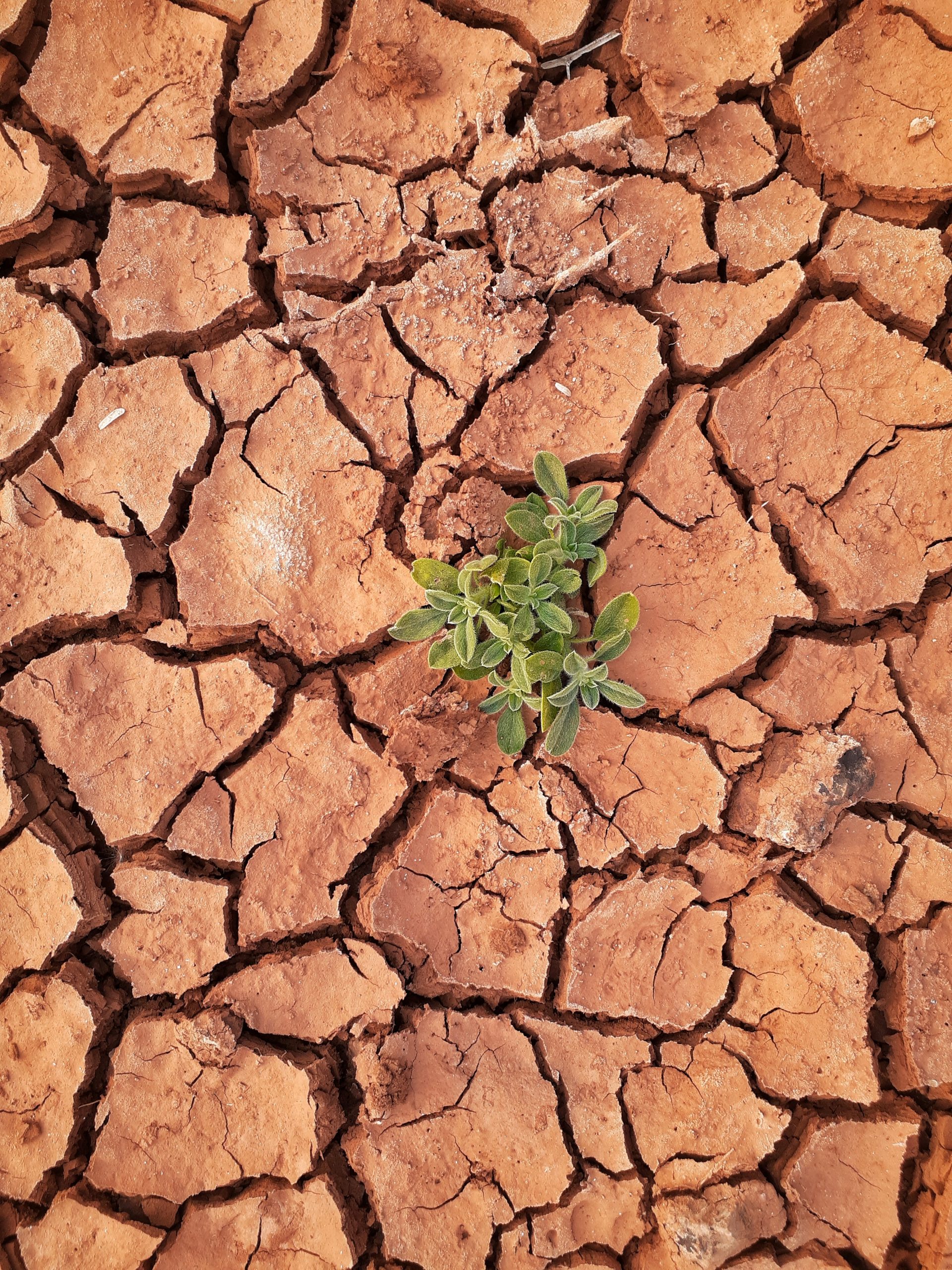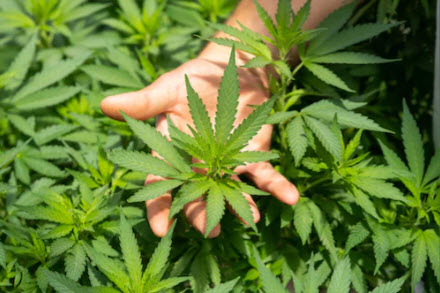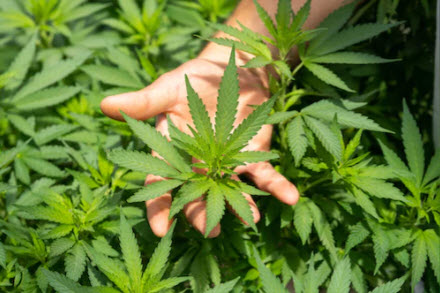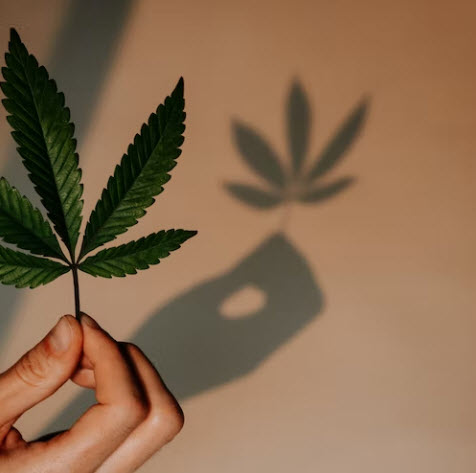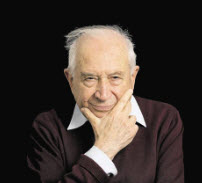As cannabis legalization spreads around the world, tough questions are being asked about the carbon footprint and environmental impact of the same
Climate change is no longer deniable. The summer of 2022 is drier and hotter than ever, with new record heat waves sweeping most of the Northern Hemisphere. But how does cannabis reform fit into all of this? It is, after all, just a plant, and further one that can thrive in harsh environments (see the mountains of Afghanistan and Morocco).
However, commercial production changes all of this, and further in ways that are, unfortunately so far, fairly unsustainable.
How can the industry bring about sustainable change and adapt to changing realities and what are the biggest challenges the industry faces in becoming more sustainable?
When commercially grown, cannabis needs both water and, when grown indoors, electricity. While there has been less of a focus on both in Europe as the industry is just getting off the ground, in the US, in particular, there have been several inquiries into the sustainability of cannabis from both fronts.
Energy Intense
Indoor cultivation of anything dramatically increases the energy required to produce a crop.
According to one American estimate created by the Northwest Power and Conservation Council, one pound (just under half a kilogram) of indoor grown cannabis “costs” 2-3,000 kilowatt hours of energy.
When compared to indoor tomato growing (another resource intensive crop with a similar grow time and cycle), it still blows the competition away. According to recent academic estimates, it “costs” about 8.5 kilowatt hours to produce a half a kilo of tomatoes.
The problem when it comes to cannabis is that indoor cultivation is used in two situations: where the weather is inclement (so to increase crop yield per year), or, as is widely seen in Europe, and Germany in particular, to meet the strict requirements of medical certification.
While in Europe the conversation is clearly shifting to consider the same, with large growers in both Spain and Portugal now shifting to outdoor cultivation but beginning the GMP process with the drying step (and certification authorities appearing to allow it), there is still a focus on “indoor” or greenhouse sheltered growing just because the regulations – at least for German-cultivated product so far – have required it.
The question now in front of particularly European countries, is how to regulate commercial cannabis cultivation – on both a medical and recreational front – in a way that creates cannabinoid-stable crops and further in a way that is less energy intense.
Light is one of the most important “foods” of the growing cannabis plant – and cannabinoid production depends critically on the same.
Water Use
According to some estimates to date, cannabis uses about twice as much water as other commodity crops. A study by Illinois State University found that a single plant consumes approximately 2.5-3 gallons of water per day when grown indoors. Outdoors, the conventional wisdom is that it takes about double that – although such figures have begun to be contested by researchers in the United States who claim that cannabis actually uses less water than other commercially produced crops including cotton, tomatoes, wheat and corn.
The fact of the matter, however, is that up until now, cannabis has been grown (everywhere) in commercial environments with few standards, much less regulations that are also “green.”
In addition, no serious research has been conducted on what kinds of cannabis might be bred to use less water, and further in environmentally suitable regions.
Outdoor grown cannabis of course, poses other challenges – namely cannabis crops, just like any other agriculture – are profoundly impacted by drought. Research by the Public Policy Institute of California has found that legal outdoor cannabis farms use about the same amount of water as tomato crops. The problems faced in California, in particular, with water use by the cannabis industry is that many illegal cultivators are endangering ground water levels by growing cannabis in unsuitable conditions (like the desert) and pumping water from aquifers underground which are also being drained by other uses including more conventional commercial agricultural efforts.
Clearly, where such cultivations occur is a big part of cultivation resource management.
Supply Chain Issues
In the United States, supply chain issues are still less of a problem due to the fact that the industry is still only legal on a state-by-state basis. That means that higher THC cannabis is not transported across the country. The federal legalization of the hemp industry is beginning to change that.
However, it is in Europe, in particular, that the issue of sustainable supply chains is becoming more and more of an issue. Germany, for example, has deliberately limited the amount of medical grade cannabis that can be grown in the country (all of which happens indoors). This means that the majority of its medical supplies are coming from other countries – including Latin America, Europe, Africa, Australia, and New Zealand.
Transport adds to the cost – both figurative and from a carbon footprint perspective as well.
Finding localized cannabis production methods is still a discussion in progress, but as countries begin to take food security more seriously, especially due to global warming, expect crops grown for medicine (and other purposes) to be included in this mix as well.
Policy Issues Abound
Beyond energy and water, there are other considerations when it comes to the sustainability of cannabis. Production costs (including everything from mandated radiation to packaging) must also be considered as the industry begins to consider how to mitigate its carbon footprint.
Such costs, however, are also not “just” about supply chains – they are also, at heart, policy discussions.
As countries and regions begin to seriously grapple with both cannabis reform and global warming, setting production standards that are both in the interests of public health in the short term (such as plant quality) and environmental issues, must be combined in future regulations.
The reality is that cannabis legalization cannot be implemented in a vacuum. And governments who proceed with legalization of cannabis must also begin to think about how normalization of this long-stigmatized plant fits into much newer concerns about a now rapidly warming planet.
While cannabis cultivation obviously has many positives associated with the same (including direct environmental benefits like purifying soil, providing alternative energy sources and promoting organic production), not all cannabis production is “good” for the environment – and sadly in many cases, may contribute in negative ways, to the growing climate emergency.


